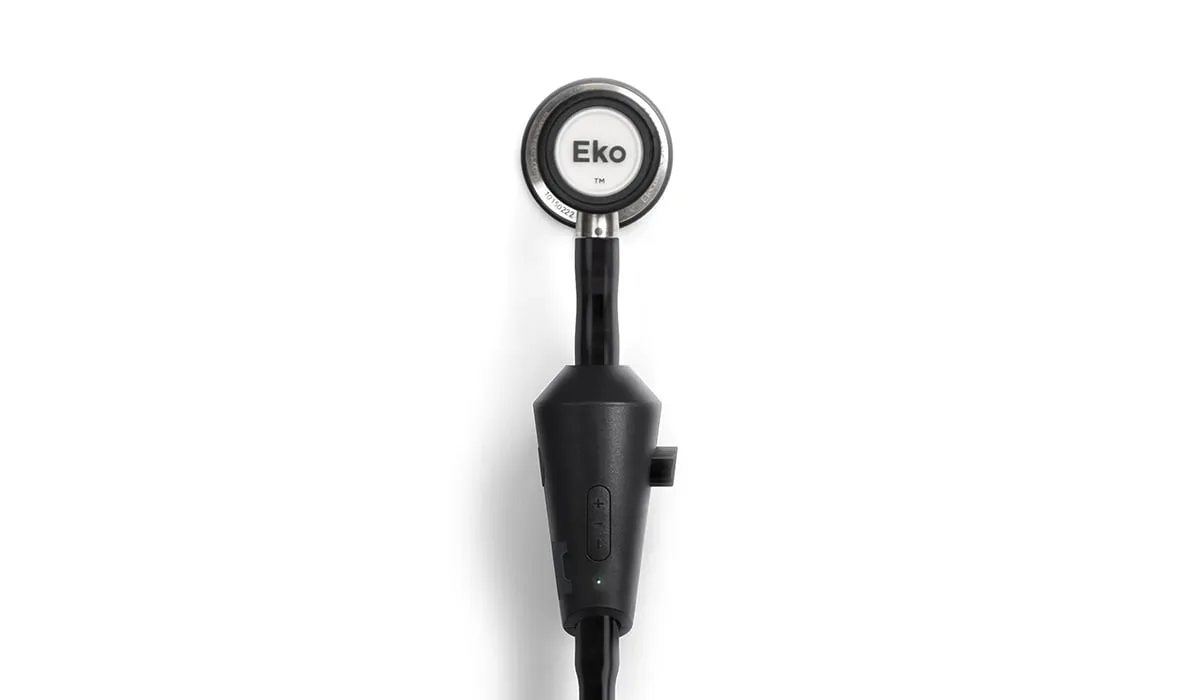There are very few things that bring more joy in our lives than having a pet dog. If you’re a pet parent, you must be already familiar with the fantastic health benefits of having a dog at home. Also, house pets have a positive impact on your mental well-being and can even help you cope with grief and loneliness. Once they become a part of your family, it’s your responsibility to care for them.
If we could have our way, we’d want our canine companions to be a part of our lives forever. But, unfortunately, they’re going to grow old and become fragile and weak. Activities that once happened naturally, such as jumping down the stair and running around in the park, are going to need more effort. On top of that, your dog might become susceptible to various chronic diseases.
Canine osteoarthritis, a chronic condition, can cause extreme pain and discomfort to your dog. It affects at least 20% of dogs who’re over one year old. While there’s no way to completely cure canine arthritis, there’s a lot you can do to help your dog when they’re in pain.
In this blog, we’ll dive deeper into the topic of canine arthritis and understand what causes it. We’ll also outline the signs and symptoms you should watch out for, as well as recommend a few pain management techniques. Let’s get started.
What is canine arthritis?
Canine arthritis is a chronic ailment that causes stiffness and joint pain in dogs. It happens when the cartilage tissue protecting the bones in a joint starts degenerating. In a healthy joint, the cartilage between the bones is lubricated with a fluid. This prevents the bones from coming in direct contact and rubbing together.
If the cartilage tissue starts decaying as a result of an injury or old age, the bones come in direct contact with each other. As the bones rub together, it causes extreme pain and inflammation in the joints. It can also result in the growth of new bones (called osteophytes) that further intensify the pain.
Moreover, when the cartilage cells degenerate, they release certain enzymes that cause inflammation of the joints. It also leads to excessive fluid buildup in the joints. All these factors amplify the pain and can even result in mobility issues as well as muscular atrophy.
Risk factors & symptoms
While canine osteoarthritis can affect dogs of any age and breed, there are a few potential risk factors such as:
- Weight – Overweight or obese dogs have greater chances of developing joint pain and inflammation as they grow older.
- Breed – Larger breeds such as Golden Retrievers, Rottweilers, German Shepherds, and Labradors are more susceptible to osteoarthritis.
- Age – As mentioned earlier, arthritis is more common in older dogs. However, young pups and dogs can also develop the condition due to other health issues, obesity, or an improper diet.
There isn’t much you can do to prevent your dog from developing a chronic ailment like arthritis. However, the earlier you notice their symptoms and consult a veterinarian, the better their quality of life will be.
As a dog parent, here are a few signs and symptoms you should watch out for:
- Limping
- Stiffness
- Sudden aversion to their regular exercise routine
- Inability or aversion to physical activities such as jumping, walking, climbing the stairs, etc.
- Lameness
- Difficulty getting up from a sitting or lying down position
- Trembling or shaking
- Lower energy levels
It’s worth mentioning here that dogs are often very adept at hiding their pain. That’s why you need to be extra cautious and start paying attention to their gait and posture the moment you notice any signs of pain in your dog.
How to help an arthritic dog?
Unfortunately, canine arthritis is an irreversible degenerative disease. Once the cartilage cells start dying, there’s no way to regenerate them and make the joints healthy again. Having said that, you can use a wide array of pain-relieving techniques to help dogs with osteoarthritis.
Here are a few things you can do to help your dog if they develop osteoarthritis:
Book an appointment with your vet
The key to managing canine arthritis is to minimize pain and inflammation in the joints. A non-steroidal inflammatory drug (NSAID) such as Previcox, treats arthritic pain in dogs by reducing inflammation. However, the symptoms of canine arthritis overlap with those of several other ailments.
Your dog might just be in pain because of a bone injury. Or the symptoms could be an indication of a more serious disease such as cancer. That’s why it is important to first consult your vet and ask for a suitable treatment plan.
Typically, the doctor will conduct a physical exam of your dog’s body. They’ll also likely recommend an X-ray of the limbs. Depending on whether they detect signs of arthritis, they’ll recommend the course of treatment.
Outline a diet plan
Consult your vet to create a balanced and nourishing diet plan that’s rich in anti-inflammatory and whole foods such as turmeric, ginger, fatty fishes, and leafy vegetables. You could also consider including Omega-3 supplements in their diet. Make sure you avoid inflammatory and unhealthy foods that could trigger more pain.
Watch their weight
If your dog is in pain, it’ll become unwilling to go on walks or engage in regular physical activities. However, they don’t get adequate exercise; they’ll likely put on more weight, potentially becoming obese, and developing more pain. Make sure you talk to your vet and work out a less taxing exercise routine for your dog.
Consider alternative therapies
Depending on your dog’s age and physical health, the vet might suggest pain-relieving therapies such as acupuncture, hydrotherapy, physiotherapy, etc. These techniques can go a long to alleviate the pain and improve your four-legged friend’s overall quality of life.
Recent studies have also shown that CBD oil can help relieve arthritic pain in dogs. However, it could also have potential side effects such as gastrointestinal disorders. Make sure you consult your vet and ask them to prescribe the suitable dosage for your dog.
Have you used any other pain management techniques to help an arthritic dog? Share your suggestions in the comments section below.





Share Your Thoughts